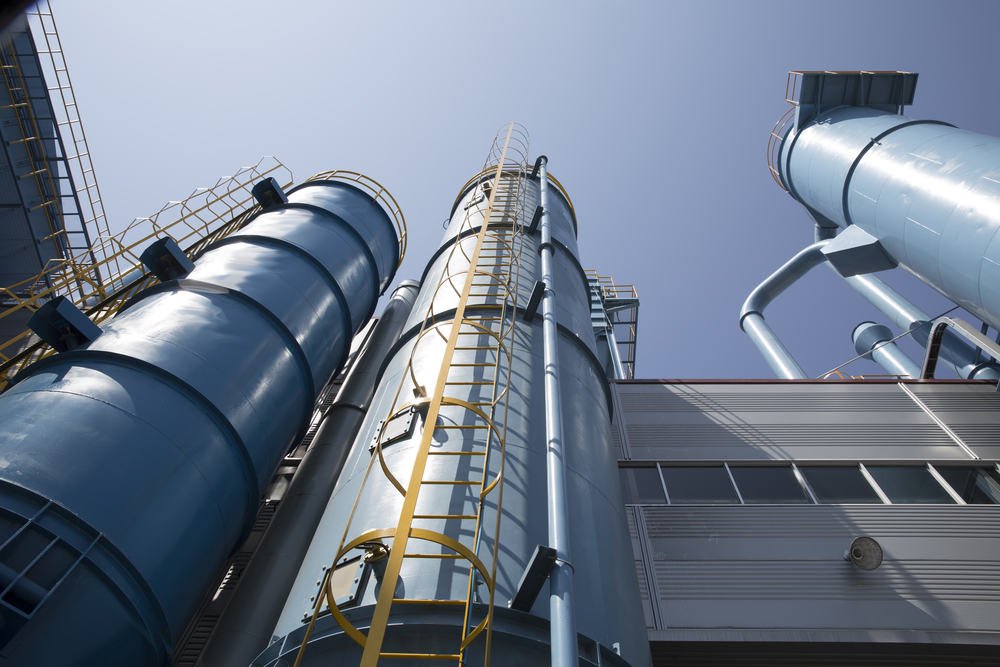The new age industry, challenging in its daily operations, finds dust to be a formidable foe. A seemingly humble enemy, but when left unchecked, it can damage machinery, hamper productivity, and be a potential health hazard. So how do we tackle this ever-present yet mostly underestimated threat? How do modern industries go beyond the traditional methods of dust suppression? Dust certainly is no stranger in the world of industry, but the devices and techniques to combat it, are evolving. In this article, we will traverse through some innovative techniques that promise effective dust control in various industries.
Harnessing ingenious methods for dust mitigation makes businesses not only stand apart but also positively impacts the well-being of their workforce. Understanding this need for a comprehensive exploration of advanced techniques in dust control, we put together a detailed analysis of methods being employed by industries across the globe, keeping in mind their efficacy, benefits, and potential downsides.
Welcome to a nuanced examination of the dusty world of dust control! Let’s dive in, shedding light and understanding on the opportunities, challenges, and advances found in this area, presenting you with an essential guide to dust control in the twenty-first century industry.
Why Dust Control Matters
The significance of dust control in industries cannot be overemphasized. It enhances the quality of air, mitigates health risks to the workforce, and reduces the wear and tear of machinery.
Firm control over dust prevents allergy and asthma triggers, reducing liabilities for businesses. It also safeguards sensitive machinery, elongating their lifespan and diminishing frequent maintenance costs.
Moreover, tight dust control helps comply with environmental regulations, reinforcing the industry’s reputation while avoiding hefty fines. Therefore, innovative techniques to curb dust are not only a requirement but a priority.
Dust Control Techniques: What’s New
Innovative dust control methods have elevated the traditional spraying and ventilation. Air filters, electrostatic precipitation, and fog cannons have emerged as powerful players in the dust control game.
Air filters have evolved to capture even submicron particles, enhancing air quality. Electrostatic precipitators use electrical charges to trap dust, and fog cannons deliver finely atomized water spray over large areas, subduing dust remarkably.
Innovative technologies like ultrasonic dust suppression are trailblazers, optimizing efficiency while reducing water use. Each technique brings a certain level of competence and specificity to the table.
Analyzing the Pros and Cons
While these innovative techniques add immense value, there are pros and cons to consider. Air filters bring top-notch air quality but depend heavily on regular maintenance for effectiveness. Electrostatic precipitators prove to be highly efficient, but initial installation costs can be steep.
Fog cannons display impressive coverage but face criticism for water wastage. Ultrasonic dust suppressors offer impressive water efficiency, but the high upfront costs can be deterring.
Hence, businesses must weigh in these factors, balancing costs with effectiveness to match their unique requirements.
Adapting to Industry Needs
Technology, impressive in its strides, must serve the industry it encounters. Bulk material handling, mining, and construction each command a different set of dust mitigation strategies.
What works best for one industry may not be suitable for another due to varying levels of dust generation, size of operation, and specific environmental conditions.
Therefore, the right technique is one that adapts and accommodates an industry’s unique needs, ushering user-friendliness alongside result-oriented controls.
The Future of Dust Control
The future of dust control lies in the confluence of technology, sustainability, and adaptability. Integrating AI and IoT with dust control mechanisms will pave the way for predictive maintenance and real-time monitoring.
The focus is shifting towards Greener dust control solutions, prioritizing environmental conservation alongside dust mitigation.
Adopting a flexible and customizable approach to dust control will empower industries to deal with variable dust-generating situations. The world of dust control is transforming, and the industry must evolve in step.
In Conclusion
In the quest to manage dust, industries are on a constant lookout for innovative and forward-thinking techniques. Progress lies in understanding the implications of these methods while taking into account the unique dust control needs of different industries. It’s about striking a balance between maintaining an industry’s operational health and ensuring a safer and healthier work environment. Armed with a better understanding of the various techniques, businesses are in a stronger position to make informed decisions about dust control. The dust may be a consistent adversary, but our control tactics are, thankfully, ever-evolving.




